Born in Enniscorthy, County Wexford, Ireland in 1878, Eileen Gray spent her childhood in London and was among the first women to be admitted to the Slade, where she took up painting in 1898 before undergoing an apprenticeship in a London lacquer workshop. The experience she gained in working in this highly specialised medium was to influence her profoundly when she moved to Paris in 1902. After further training in lacquer work and cabinet making, she quickly established herself as one of the leading designers of the lacquered screens and decorative panels so beloved by the followers of art deco, and even managed to cause a riot by showing a stark white lacquered boudoir at the 14th Salon des Artistes Décorateurs in 1923.
In 1922 she opened her own gallery, Jean Désert, in Rue du Fauborg Saint Honoré as an outlet for her designs. During the 1920s and 1930s she became one of the leading exponents of the revolutionary new theories of design and construction. She worked closely with many of the outstanding figures of the modern movement, including Le Corbusier and J.J.P Oud. Well to the fore of the group she exhibited chrome, steel tube and glass furniture in 1925 – the same year as Mies van der Rohe and Marcel Breuer and well before Le Corbusier. The furniture was used in Eileen Gray’s own interiors, the most celebrated of which was that completed in 1922 for the famous modiste, Madame Mathieu-Lévy (better known as Suzanne Talbot). Her interior design schemes of the period seem both modern and stylish even today.
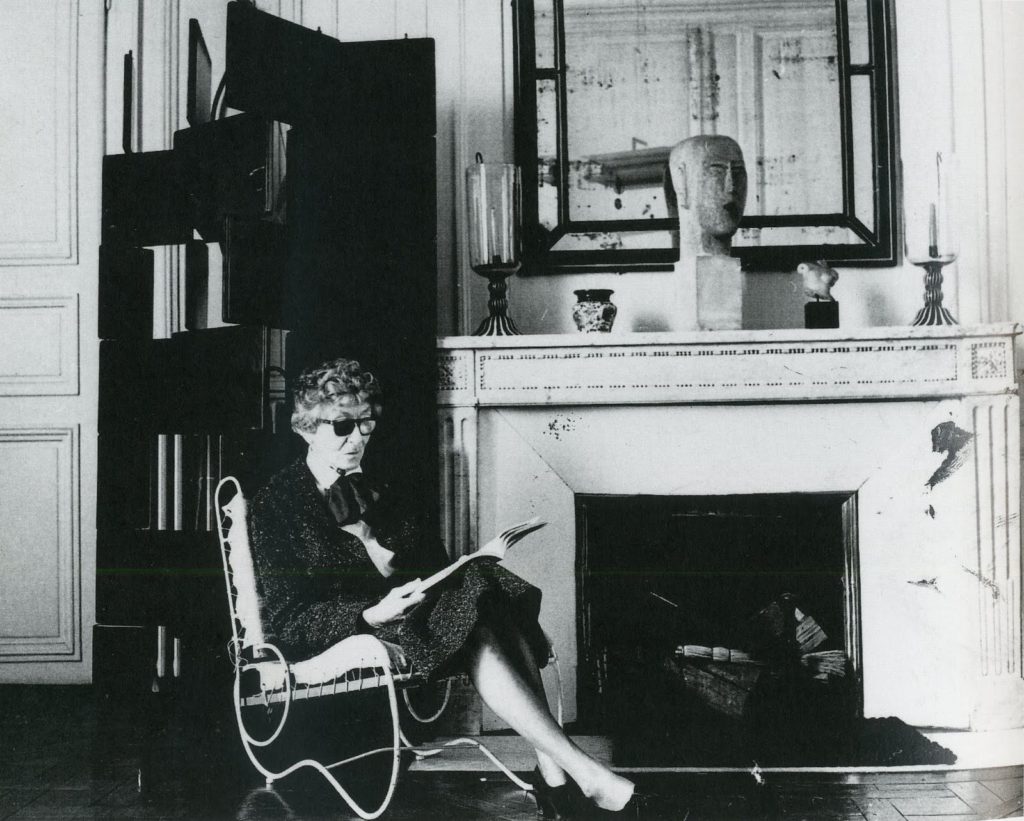
Eileen Gray‘s next major contribution to design was in architecture. Encouraged by Le Corbusier and J.J.P Oud, she designed two houses in the Alpes Maritimes, one at Roquebrune which was built from 1926-1929, and the other at Castellar, built from 1932-1934. Both houses are considered to be among the purest examples of domestic architecture and interior design of the period. The inter-war years also saw Eileen Gray’s ‘Centre des Vacances’ project, which was shown in Le Corbusier’s Pavilion des Temps Nouveaux at the Paris International Exhibition of 1937.
After the war, and up to her death in 1976, Eileen Gray continued to work as a designer on both major projects like the Cultural and Social Centre, which occupied her from 1946-1949, and on a number of smaller furniture designs. One of her last tasks was to work with Zeev Aram on the introduction of her designs onto the world market. Examples of her early work are in the V&A collection and her E1027 adjustable table is in the permanent design collection of The Museum of Modern Art, New York; these make a fitting tribute to her contribution to modern design. The Royal Society of Arts appointed her a Royal Designer for Industry in 1972.
Gray once remarked: “The art of the engineer is not enough… A house is not a machine to live in. It is the shell of man, his extension, his release, his spiritual emanation. Not only its visual harmony but its organization as a whole, the whole work combined together, make it human in the most profound sense.”


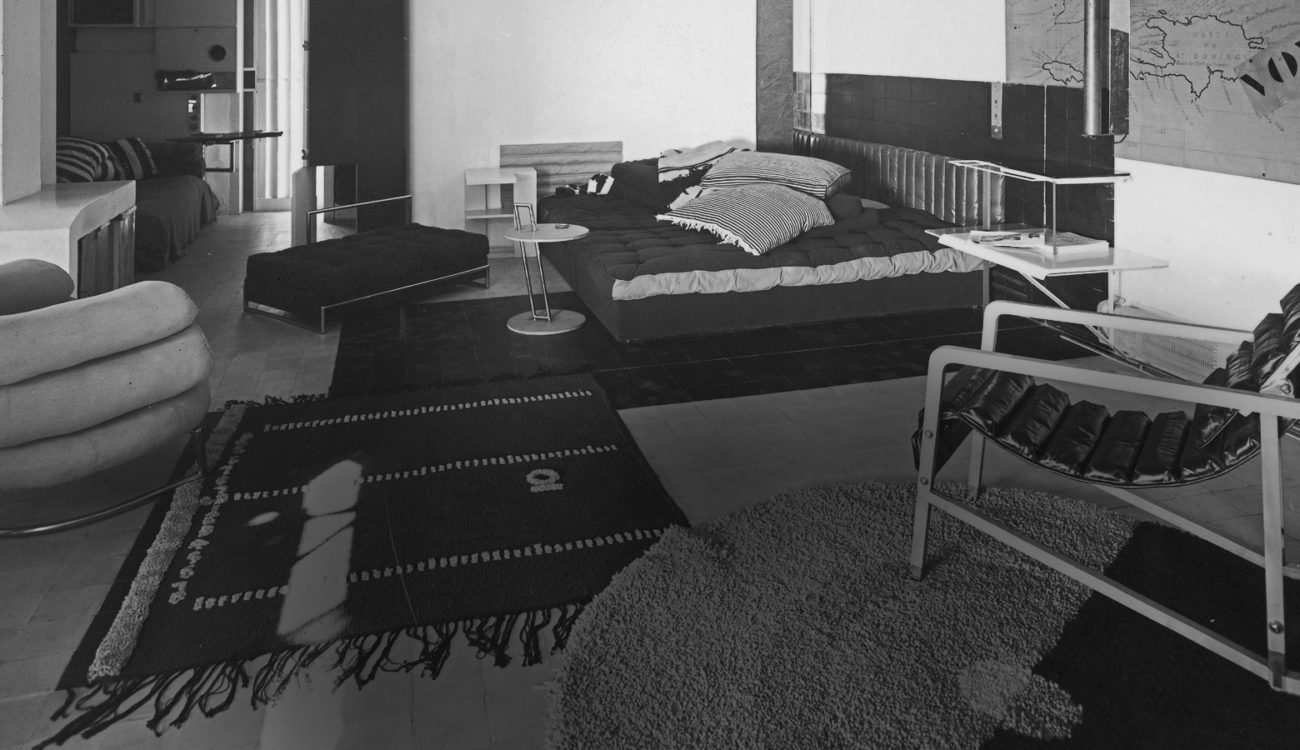
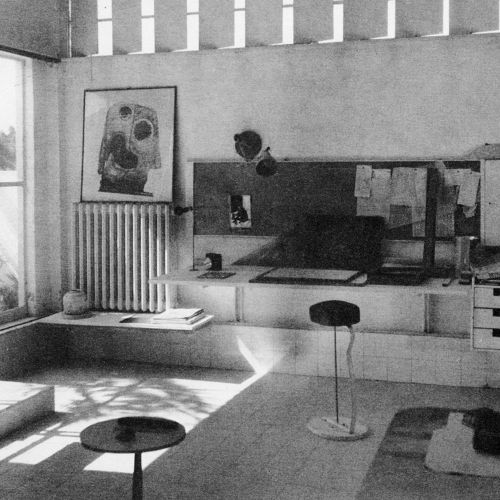
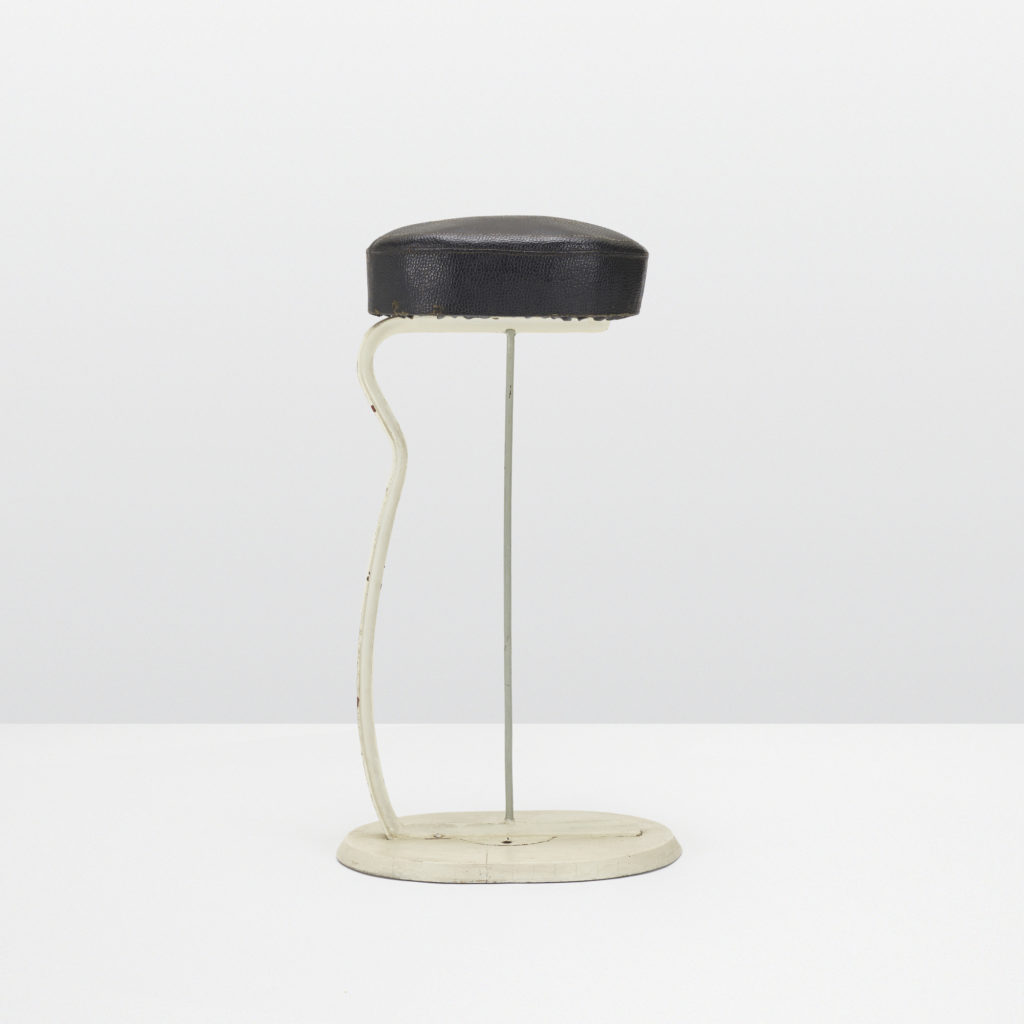
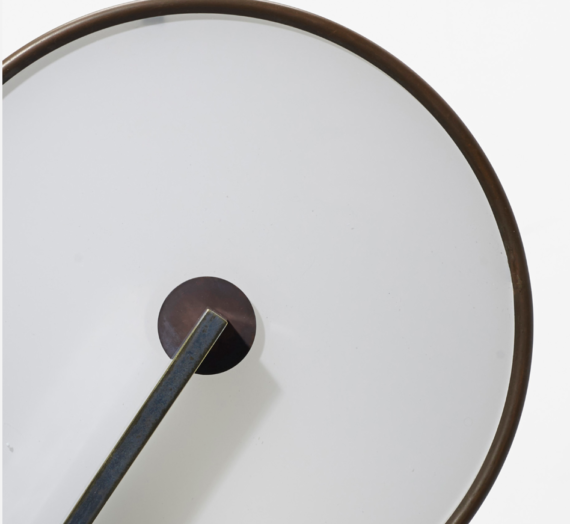
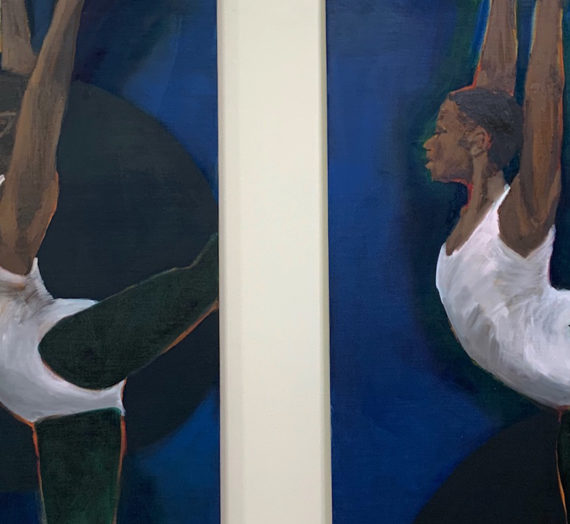
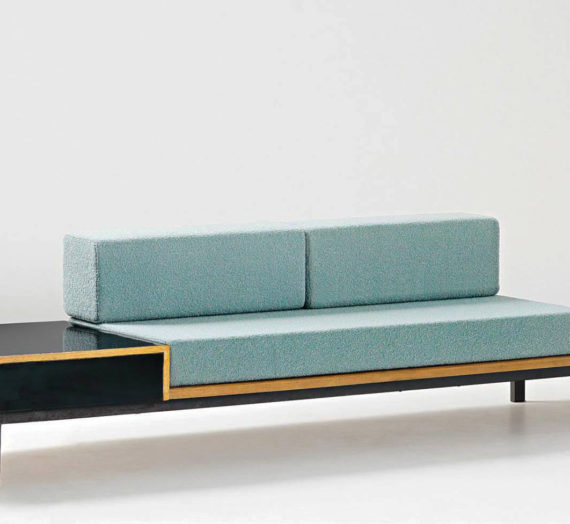
Leave a Reply